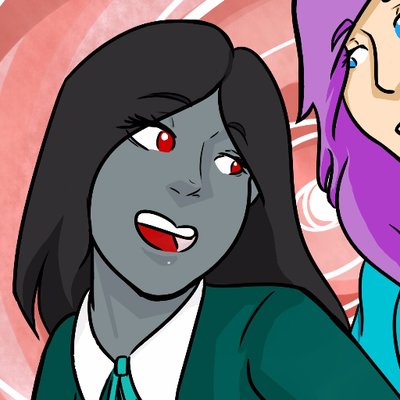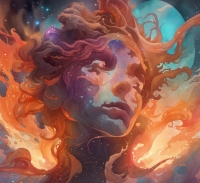A flame that dies can again be relit so long as the memory remains.— elder
The predominant belief in Hvalgora trusts that life is much like flame. Fire begins as naught but embers, and flares into brilliant life-giving light that warms those around it. When it dies out, it leaves behind its ashes, and imprints of all that it burned - it does not disappear into nothingness. Fire, too, can be re-lit. The flame may be different, the fuel no longer the same, but fire does not disappear eternally. It can always be re-lit, one way or another.
Lives, then, are similar enough. Lives warm all they touch, and burn those they harm. Their imprint is left behind with every step.
Though death will always come for life, just like flame will burn out, it is possible for magic to restore life - and even without restorative magics, the memory of a life lingers in the warmth left behind, in every mark that they made, and in ashes left in their wake.
For the living, the Mausoleum is a place of memory and death in as positive a manner as death may be. They may visit to see lost friends or relatives interred there, and commune with their lingering spirits if such a spirit remains - for the Mausoleum is enchanted to preserve all spirits that wish to dwell within.
They may also visit to be interred, even whilst alive. These living folk are often at or near the end of their lives, and wish to spend their final days in a peaceful place that shall ensure their spirit is safe as they transition from the living world.

Visiting the Departed by Hanhula (via Midjourney)
Some, though, are nowhere near the end of their lives; these folk, typically those in more dangerous professions, come bearing lanterns with flames lit for their continued survival, linked to their lifeforce by way of the Mausoleum's dedicated
clerics.
Setting up a memorial whilst alive gives the family of travellers the chance to remember their loved one, and if they do not return, there will be no uncertainty. Supposedly, the flame's link pulls back the lost spirit upon death as well, keeping it safe with those of their friends and families.
For the dead, the Mausoleum is one of few places that gladly welcomes spirits and undead, ushering even lost strangers in to shelter within the Mausoleum's walls. Hostile undead are regrettably shackled to stone urns, lanterns, or burial chambers, but the peaceful may wander freely within the lower levels. Whilst they can also travel to the above-ground areas, it is seen as disrespectful to the living who may not wish to be confronted with the sight of their losses, and thus remains a rarity.
Bodies and Cremation
Hvalgora, as a nation praised for its naval prowess and the industries surrounding that progress, is often a nation that deals with absent bodies entirely. Over time, this has evolved to a culture where bodies are not seen as necessary in death. One's spirit, one's inner fire, is enough. To preserve space for the living, the dead are usually cremated and interred in urns.
Missing bodies are often substituted with ashes made from their belongings in a practice likely subconsciously imitating Gildómar's
Pathway. Their urns are treated as any other. While sad to lose a body, it is nonetheless nothing more than a vessel.














This article gave my chills! Your writing is excellent.
For more mystery and magic, check out the world of Starsong
Gather round one of the mourning fires! They'll help keep you warm! ;) Thank you!
welcome to my signature! check out istralar!